When considering materials for marine applications, 316 stainless steel stands out due to its unparalleled corrosion resistance and durability. According to industry reports, including those from the International Stainless Steel Forum, 316 stainless steel offers significant advantages over other alloys, with its molybdenum content enhancing its performance in chloride environments typical of marine settings. Research indicates that this grade can resist pitting and crevice corrosion, vital for structures exposed to seawater. Furthermore, the global market for marine-grade stainless steel is projected to grow substantially, driven by the increasing demand for resilient structures and components in harsh maritime conditions. As marine industries prioritize longevity and reliability, 316 stainless steel emerges as an optimal choice, underlining its pivotal role in modern marine engineering.
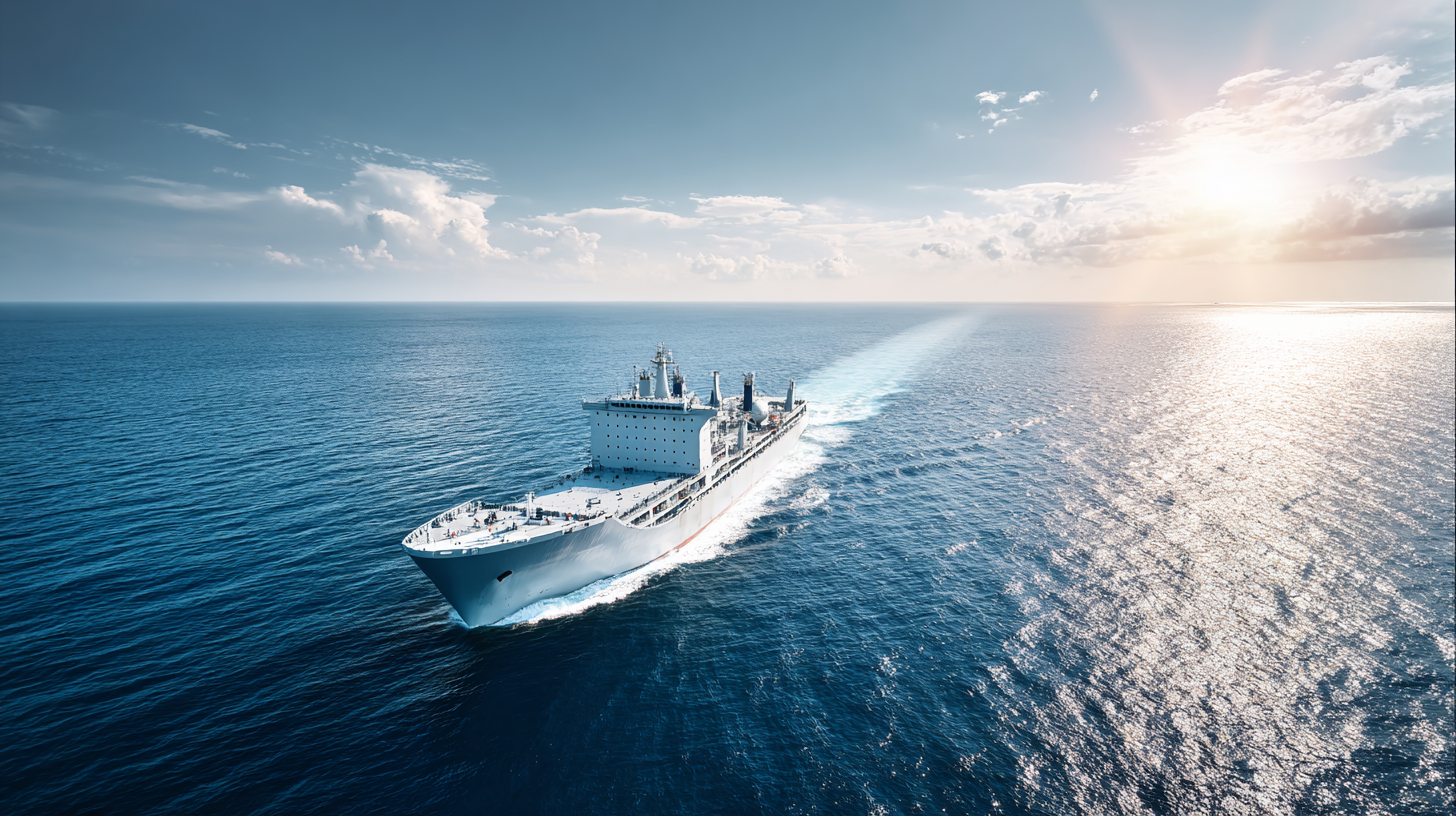
316 stainless steel, known for its exceptional corrosion resistance, is particularly suited for marine applications due to its unique composition. This alloy contains molybdenum, which enhances its ability to withstand chlorides found in seawater, making it a preferred choice in environments with high salinity. According to industry reports, 316 stainless steel can resist corrosion at levels exceeding 80% compared to standard stainless steel types. This characteristic extends the lifespan of marine equipment and structures significantly, reducing maintenance costs and downtime.
Incorporating 316 stainless steel in marine designs not only improves the durability of components but also aligns with modern aesthetic trends. Minimalist designs using this material showcase its sleek appearance while providing lead-free purity, essential for sustainable practices in water-related applications. When selecting materials for marine projects, choosing 316 stainless steel is a strategic decision to ensure longevity and reliability.
**Tips:**
- Always verify the grade of stainless steel when sourcing materials for marine purposes to ensure optimal performance.
- Consider the specific environmental conditions your equipment will face to select the most effective alloys for your needs.
This bar chart illustrates the corrosion rates of 316 stainless steel under various marine-related exposure conditions. The data indicates that while 316 stainless steel shows excellent resistance in fresh and marine environments, it exhibits a higher corrosion rate in acidic environments, highlighting its durability and limitations in specific conditions.
In the marine industry, the selection of materials is pivotal for ensuring longevity and performance in harsh environments. A comparative analysis of 316 and 304 stainless steels reveals significant distinctions in their corrosion resistance properties. While both grades offer substantial durability, 316 stainless steel, enriched with molybdenum, exhibits superior resistance to chloride-induced pitting and crevice corrosion, making it the preferred choice for marine applications. Recent studies indicate that 316 stainless steel’s corrosion performance is particularly resilient when exposed to marine microbial corrosion, which remains a critical concern in aquatic settings.
Moreover, the surface quality of stainless steel plays a crucial role in its overall corrosion resistance. Research has shown that factors such as the surface finish and microstructure greatly influence the corrosion behavior of both 316 and 304 stainless steels. For example, high-quality surface finishes lead to enhanced resistance against aggressive corrosive environments, as evidenced by findings on the effects of innovative surface finishing techniques on material longevity. This highlights the importance of not only choosing the right grade of stainless steel but also maintaining optimal surface conditions to ensure prolonged service life in marine applications.
In marine vessel construction, 316 stainless steel is a preferred material due to its superior corrosion resistance properties, particularly in harsh saltwater environments. According to a report by the Stainless Steel Council, 316 stainless steel contains 16% chromium and 10% nickel, along with 2% molybdenum, which significantly enhances its resistance to pitting and crevice corrosion compared to other grades, such as 304 stainless steel. This makes it ideal for components exposed to seawater, such as hulls, rigging, and fixtures.
Real-world applications of 316 stainless steel in marine vessels are evident across various sectors, from commercial shipping to recreational boating. A 2022 market analysis by Research and Markets revealed that the marine industry accounts for approximately 20% of the total demand for stainless steel, with 316 grade being the most favored choice. Its durability and low maintenance requirements contribute to the longevity of vessels, reducing downtime and repair costs, thereby effectively extending the lifespan of marine assets.
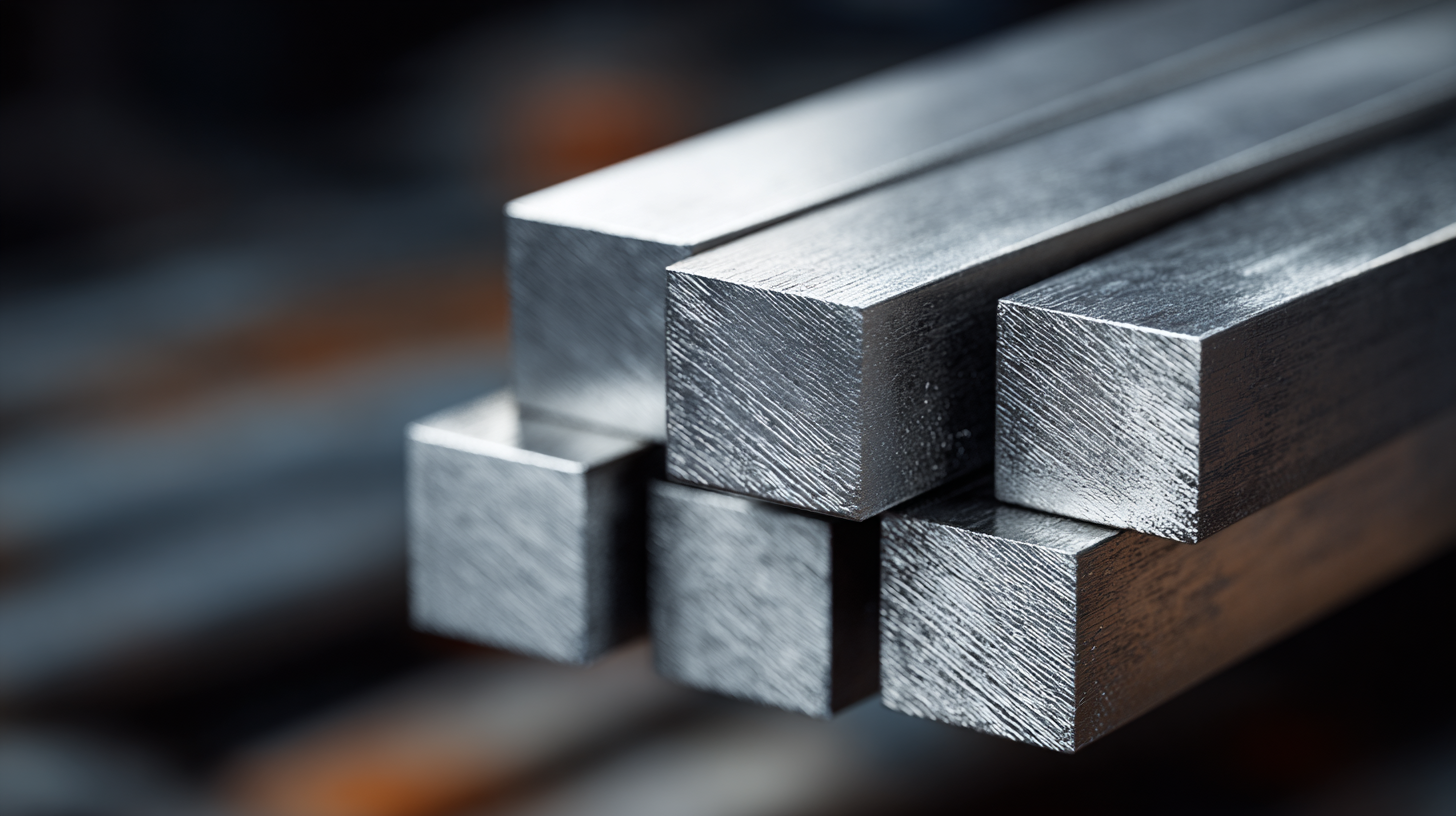
316 stainless steel is renowned for its exceptional corrosion resistance, making it the material of choice for various marine applications. A report by the Steel Recycling Institute indicates that stainless steel can remain functional for over 50 years when properly maintained in marine environments. This longevity is primarily attributed to the presence of molybdenum in 316 stainless steel, which enhances its resistance to pitting and crevice corrosion caused by chloride exposure, a common challenge in marine settings.

Statistical insights reveal that 316 stainless steel outperforms standard carbon steels and even some other stainless grades in saltwater environments. According to a study conducted by the International Marine Materials Conference, 316 stainless steel demonstrates less than 0.1% corrosion rate per year in seawater, significantly improving structural integrity and minimizing maintenance costs over time. In contrast, carbon steel could corrode up to 10% annually without protective coatings. These statistics underscore the importance of choosing 316 stainless steel for applications like shipbuilding, offshore structures, and marine equipment, where durability and corrosion resistance are paramount.
The use of 316 stainless steel in marine applications is well-regarded due to its exceptional corrosion resistance properties, especially in chloride environments. However, to truly maximize the lifespan of 316 stainless steel components, appropriate maintenance practices are essential. According to industry reports from the International Stainless Steel Forum (ISSF), proper maintenance can enhance the longevity of stainless steel by up to 50%.
Tips: Regular cleaning with fresh water is key. After exposure to seawater or chlorinated environments, rinse the components thoroughly to remove any salt deposits. Additionally, periodic inspections for signs of pitting or crevice corrosion can help catch potential issues early.
Applying a protective coating can further increase resistance to corrosion. Innovations in marine-grade coatings have proven to significantly extend the life of stainless steel, with some manufacturers reporting enhancements in lifespan by 30% or more when coupled with regular maintenance. Avoiding the use of abrasive materials during cleaning is also crucial, as these can compromise the protective oxide layer that 316 stainless steel relies on for its corrosion resistance.
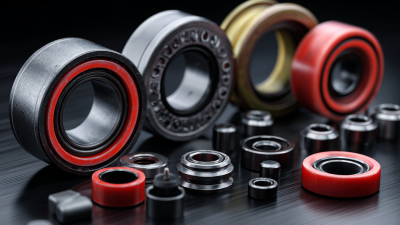
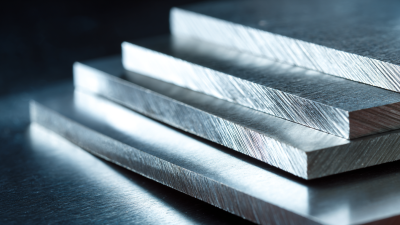

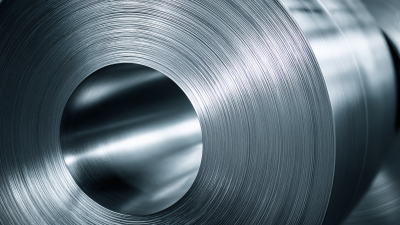
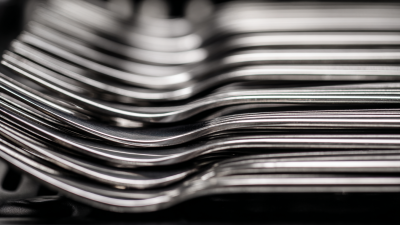

To learn more about any of the products and services provided by Abbott Ball Company, Inc., simply complete the form below.